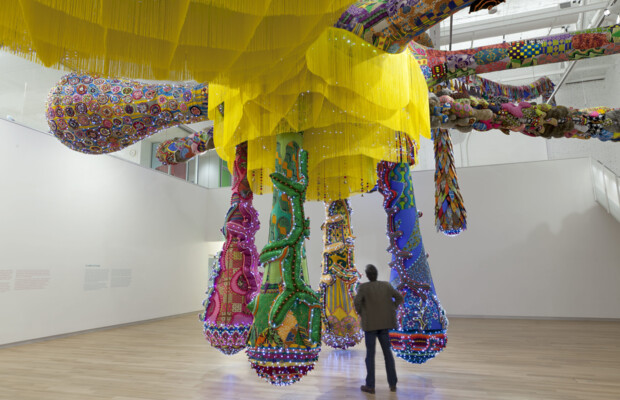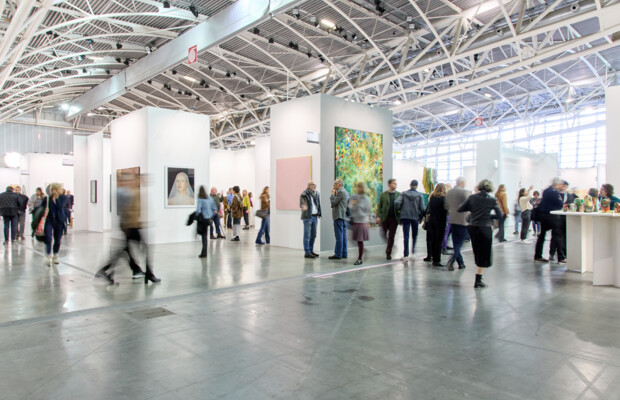Bim Bam Gallery: A Californian Niche in the Heart of the Paris Gallery World
Founder Baimba Kamara on Innovating Gallery Management and Artistic Expression in Paris
In the heart of Paris's intellectual 3rd arrondissement lies the Bim Bam Gallery, an "indie" emerging gallery that's redefining growth and creativity in the city. Founded in 2019, this innovative project is led by its founder and director Baimba Kamara, whose fresh and groundbreaking work ethic has developed in response to the peculiarities of the current art market and consequences of the pandemic.
I recently had the pleasure of speaking with Kamara about the gallery's unique approach to management and artistic expression. Redefining relationships with artists as well as social media presence, the Bim Bam Gallery brings a new perspective to the Rue Béranger, the Parisian hotspot for art galleries.

We began our conversation by discussing the gallery's origins, influenced by Kamara's experiences in the United States. Having immersed himself in the artistic scene in California, which he found incredibly formative, and studying art history in Paris, he became familiar with several galleries in Oakland and San Francisco, as well as major museums like the SFMOMA. Upon returning to Paris, Kamara noticed a lack of diversity in the local art scene; only some American artists had made it across the Atlantic, and those who had were primarily from New York or Chicago. This motivated him to create a platform for promising West Coast artists and introduce the Californian “niche” to Paris and Europe, in an effort to diversify the artistic landscape. At the Bim Bam gallery, Kamara emphasizes clear figurations and intelligible artworks—pieces that can be understood and appreciated within minutes. This focus reflects the curator’s vision and mindset, a distinctive feature of emerging galleries.
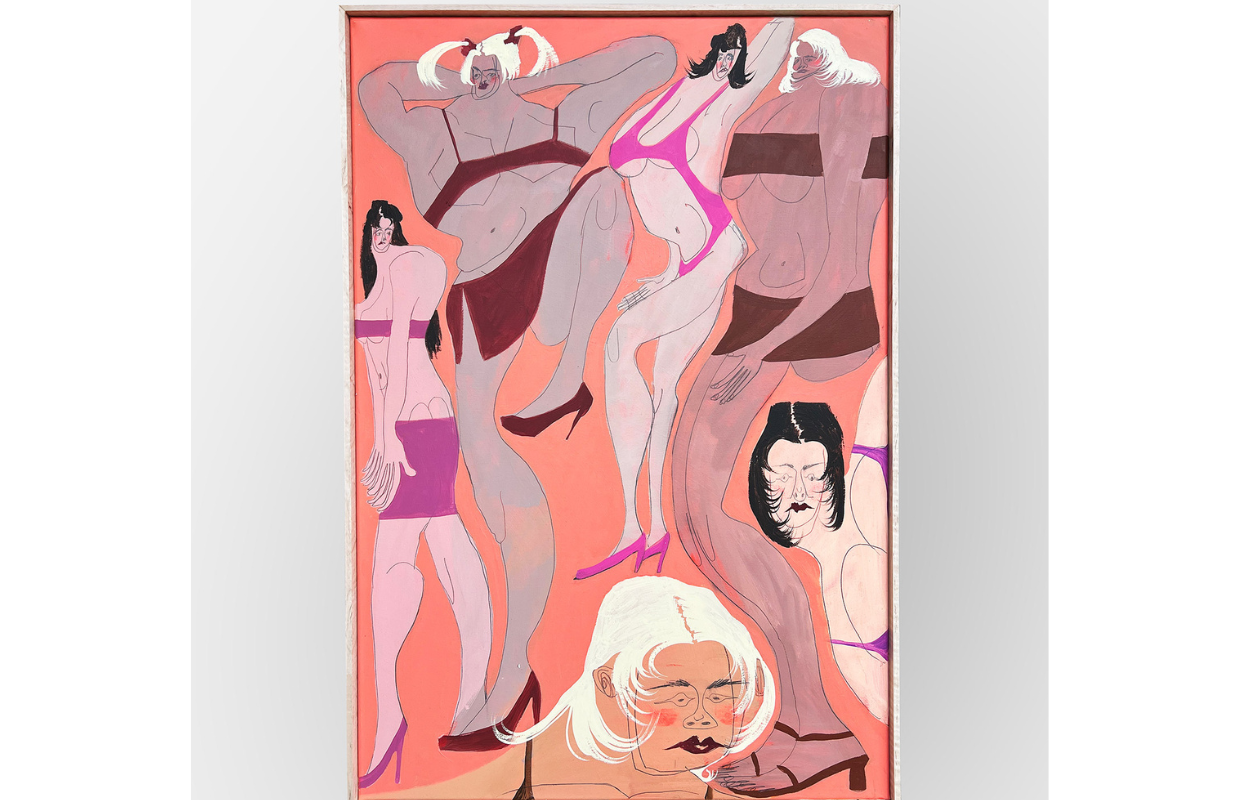
This immediacy in art appreciation aligns with the gallery's democratic approach to promoting art, aiming to restore the sense of accessibility and meaning that modern and early contemporary art sometimes lacks. This trend is evident in the art market, where young galleries are increasingly specializing in distinct thematic or geographic areas to cater to younger collectors and audiences. This strategy is part of a broader movement to make art more accessible and engaging, with an emphasis on themes that resonate with these demographics (Art Industry Trends 2023 by Artsy).
Baimba discusses the importance of « taking a step aside » and reflecting on the social role galleries must now assume. The gallery offers genuine expertise and a clear appreciation for artworks that carry meaning, providing a precise direction that spectators can easily follow. Baimba says this approach originates from the commercial necessities involved in gallery management.
The gallery's website and physical space present themselves like a record label, offering a continuous, coherent project that strives to be as artistically homogeneous as possible.
He advocates for normalizing discussions about “money talk” when addressing a gallery's growth. For emerging galleries, funding and visibility are crucial issues. However, without starting capital or an extended network, much remains to be done. Operating as a popup gallery from 2019 to 2023 helped, as Kamara explains, since not having a fixed address reduced maintenance costs and the need for permanent staff. This itinerant strategy allowed the gallery to survive through both Covid-19 and quarantine, leading to an opening of a permanent space on Rue Béranger in 2023. Having a full time operating gallery has further straightened an already quite steady clientele and established a media presence. With the art market remaining unforgiving and difficult to navigate, Baimba fully supports open discussions about finances in the gallery business, highlighting that, unlike museums, galleries operate as commercial entities.
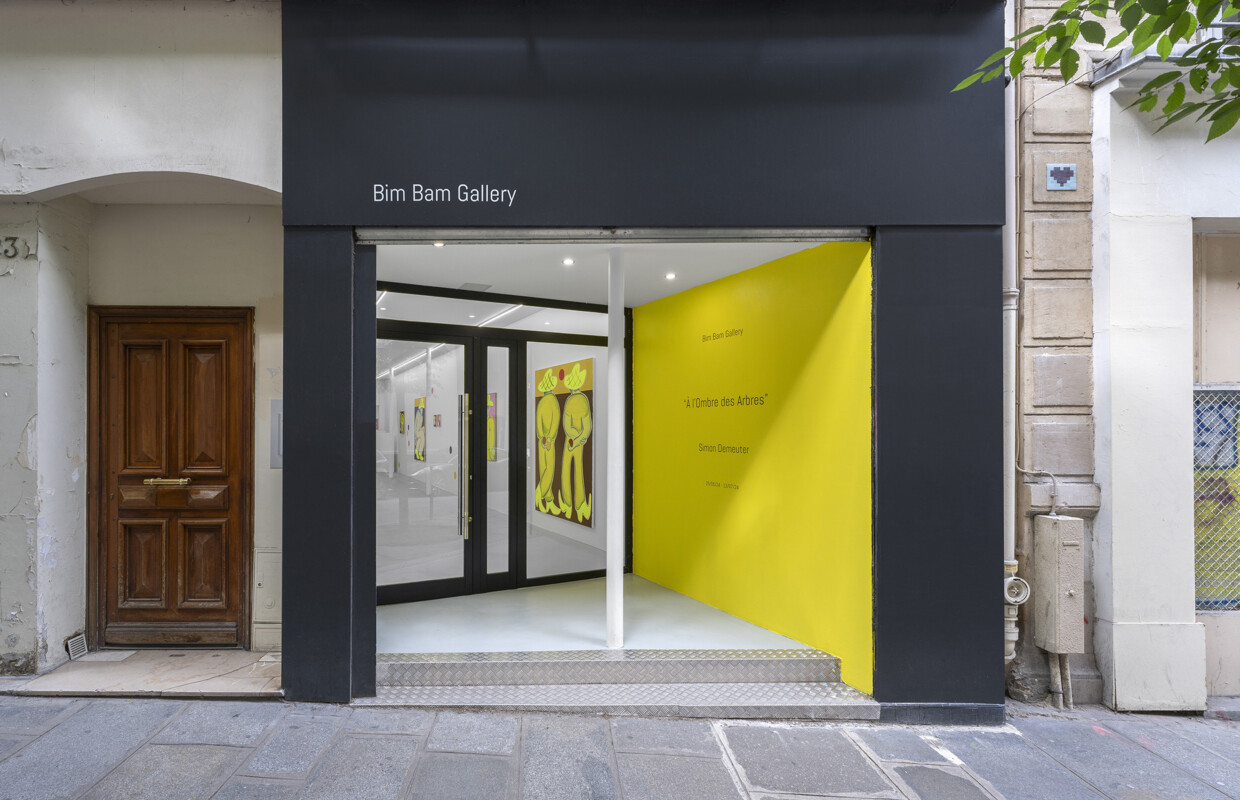
The gallery primarily organizes solo and duo shows, with the nature of collaboration varying according to the wishes of the artists. In this sense, Baimba prefers a flexible and innovative approach to exhibiting with the curatorial focus being centered on the artist rather than solely on the artworks – leading to emergence of profound collaborations.
The fact that the artists aren’t contractually bound to the galleries for long periods of exclusivity doesn’t detract from the exhibitions or teamwork; on the contrary, it enriches them.
Baimba openly shares that some artists he promotes in the gallery’s exhibitions, such as Jeffrey Cheung, Heather Benjamin or Hydeon, have a larger online audience than the gallery itself. Just a few years ago, the galleries held a pivotal role in the art market, being essential for artists’ promotion. However, social media has since enabled artists to gain visibility and establish relationships with collectors without significant financial investment or gatekeepers.
He emphasizes this significant shift in artist-gallery relations, highlighting how the growing independence of artists in terms of sales and visibility necessitates new forms of gallery presence. These new approaches are essential to nurture artists' professional development while also sustaining both the gallery business and the artists' careers economically.

Even though artists are not bound by a representation contract with Bim Bam Gallery, Baimba ensures that the gallery covers most of the media&communication, selling, shipping, travel and photography fees. He believes it is neither the artists' job nor their role to handle these expenses, allowing them to focus on their own practice:
Artists have not necessarily gained in power, but with everything being more transparent and accessible today, they now have a much better global understanding of the artworld and a conscience of their environment, since they have gained in visibility.
Kamara also highlights the gallery's role as a driver for innovative projects aimed at unleashing the artist's practice. For example, one of the gallery’s partner artists Heather Benjamin, began her journey by working on ceramics at L'Atelier Le Biscuit. She was later invited for a solo show at Bim Bam Gallery, where her ceramics were displayed alongside her paintings. This collaboration between the artist and the gallery, guided by a curator's vision, effectively presented her versatility across different mediums. It also underscores the potential for artists to transition between artistic forms through creative partnerships.
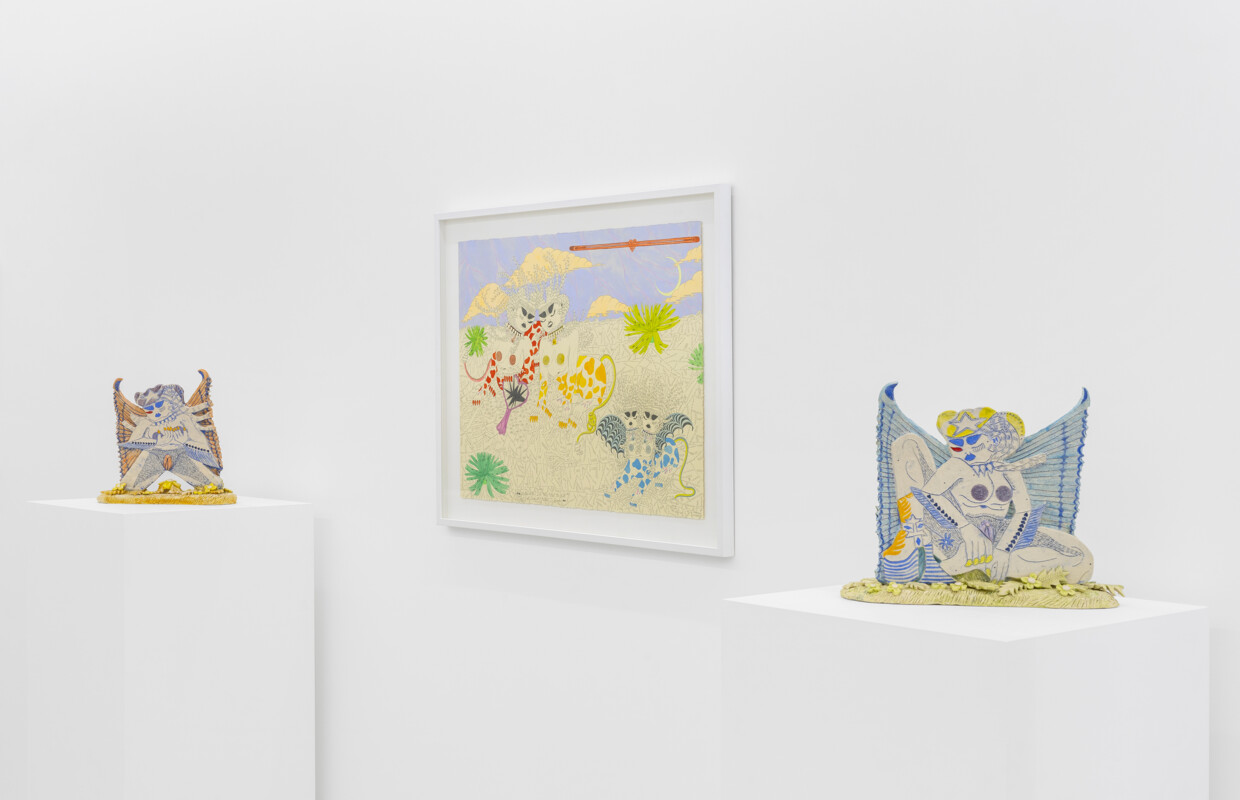
In the dynamic environment where galleries need to quickly make collaborative decisions to promote growth, social media plays a crucial role. Whether it's Instagram, TikTok, or any other platform, it plays a crucial part in shaping the global image and visibility of the gallery in increasingly nuanced ways.
Instagram remains a critical marketing component of the art industry, allowing artists, galleries, and organizations to showcase art, discover new professional connections, and increase visibility, ultimately driving engagement. However, with the shift to an algorithm-based feed, reaching the desired audience has become more challenging. It now requires more effort to ensure quality content and follower engagement (Art Collection).
Baimba bitterly describes this as a "diabolical calculation" that galleries resort to using Instagram, a tool originally designed to provide small creators with an audience for growth. Using it as a day-to-day tool, mixing business and entertainment unpredictably, makes it increasingly difficult to foster methods of online performance or calculate the gallery’s outreach. Despite the platform's unpredictability, the Bim Bam Gallery's Instagram account has gained a significant American following, becoming a notable presence in the American art scene. It also holds a place in the American imagination for French and "binational" galleries.
When it comes to Tiktok, Baimba says its almost nauseating rapidity and dynamism don’t fit with a gallery’s commercial practice: “One cannot dance in front of a painting to promote it: any still artwork requires contemplation,” he jokes. He concludes: “The feed is both scattered and scattering for our eyes.”
While social media can serve as an effective marketing tool when used strategically, sales generated through these platforms remain relatively low. Art fairs, in contrast, remain a major driver of sales in the gallery business (Art Basel's 2023 Report). These events remain crucial for networking with collectors, fellow exhibitors, and the broader public.
On this topic, despite his participation in the Luxembourg Art Week and DDessin over the past few years, Baimba has mixed feelings. Participating in fairs as an emerging gallery has proven to be a formative experience in understanding how the art world works. Visiting a fair demands conciliation between clashing narratives, which also means adapting is crucial to blend in. He calls out the fairs’ participation price which has risen over the last few years, noting that these increases come without any guarantee of sales or visibility. The market remains highly competitive, requiring galleries to be strategic in their participation to maximize benefits. Consequently, Baimba is more cautious now, preferring to wait strategically rather than seize every fair opportunity, even though he regrets the necessity of this approach.
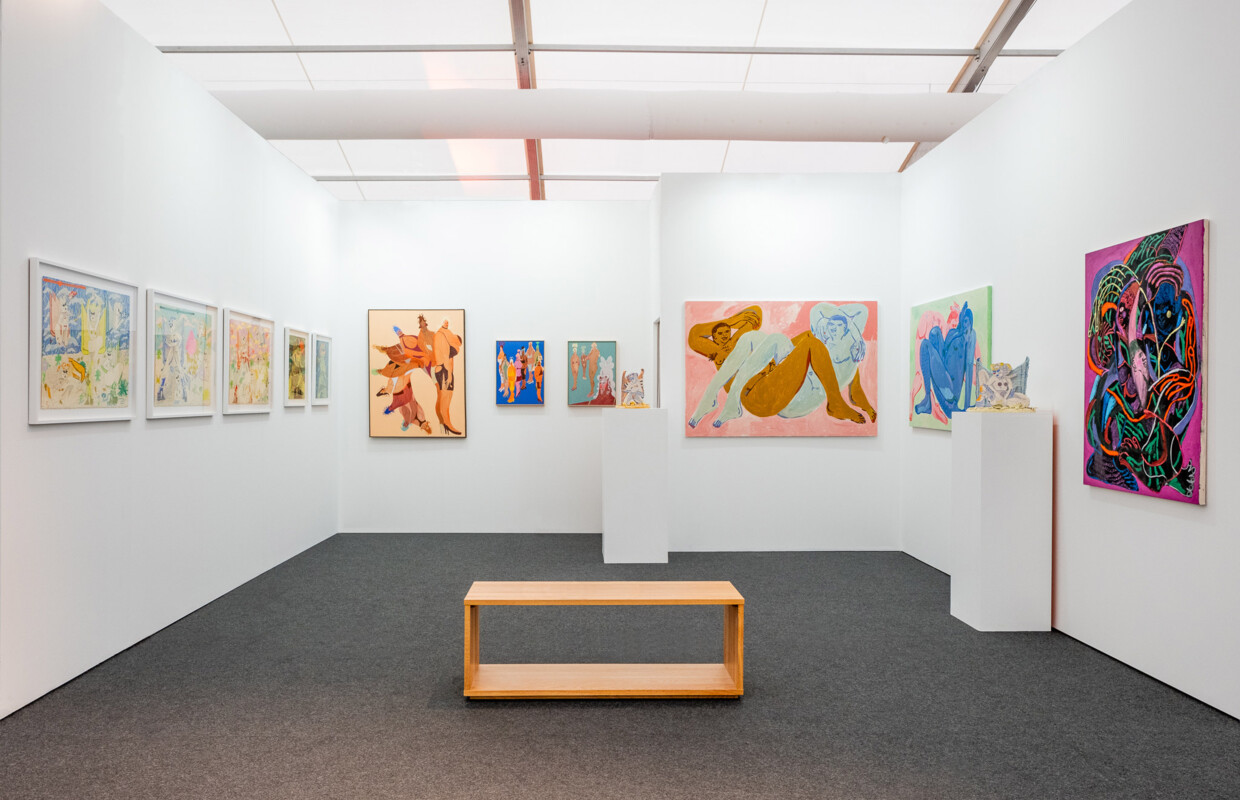
When asked about the gallery’s role in the local artistic landscape, Baimba states that being an independent and progressivist gallery in Paris’s intellectual district is an everyday challenge, one that requires incremental sacrifices for the sake of adapting. On the one hand, the Bim Bam Gallery perfectly fits into the harmony of the Rue Béranger, with its white cube space model and welcoming, accessible atmosphere that promotes discussion and debates with visitors. This traditional way of selling art is guaranteed to work.
However, Baimba points out the great shame of preconceptions stemming from systemic racism that the Parisian audience holds against emerging projects involving foreign artists, cultures and habits. When dealing with funding and visibility, the “bourgeois codes” for art stresses old reflexes and a distinct preference for certain types of artworks, which can slow down efforts towards inclusion: “It can quickly become boring,” Baimba confesses. There remains a disproportionate underrepresentation of minorities in the art market’s most prestigious functions or recognitions.
Despite this, Bim Bam director is pleased to observe a growing demand from collectors for diversified content and narratives, and a more inclusive program. He concludes that while the Parisian art market may appear very conservative at first glance, it only needs a proactive push for diversity and inclusion to keep on growing.
Share the post:





